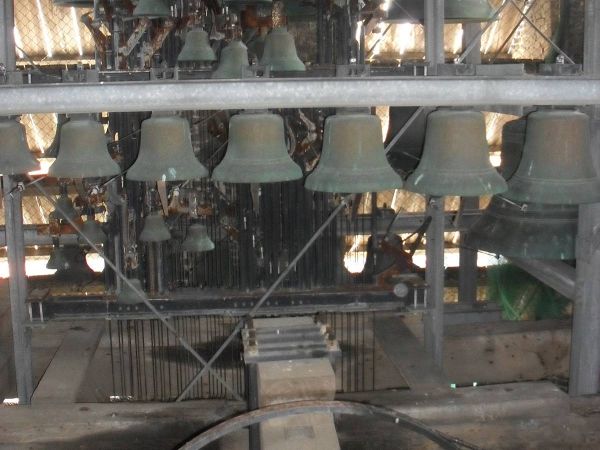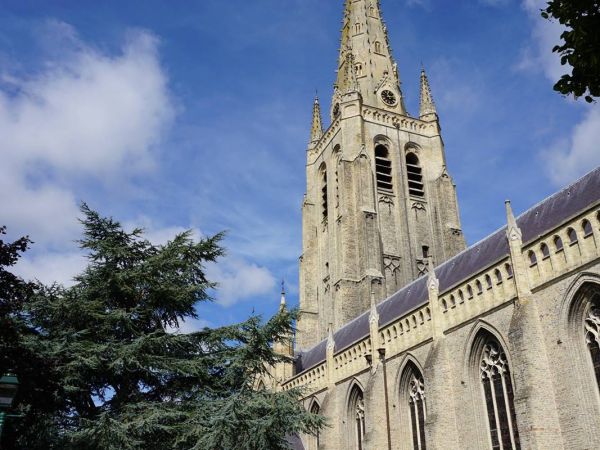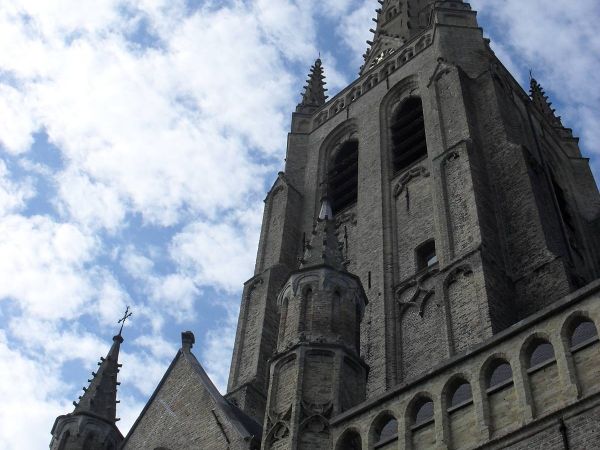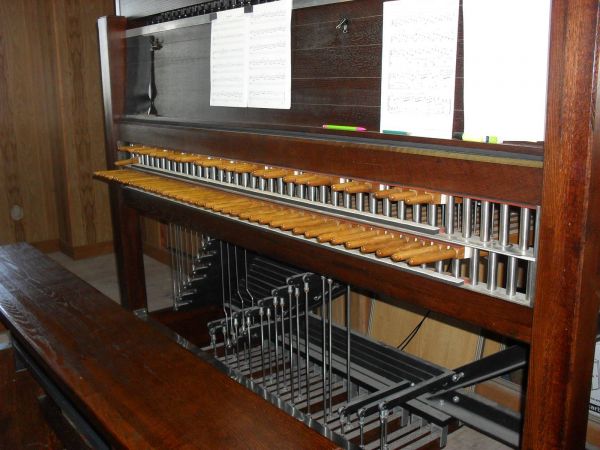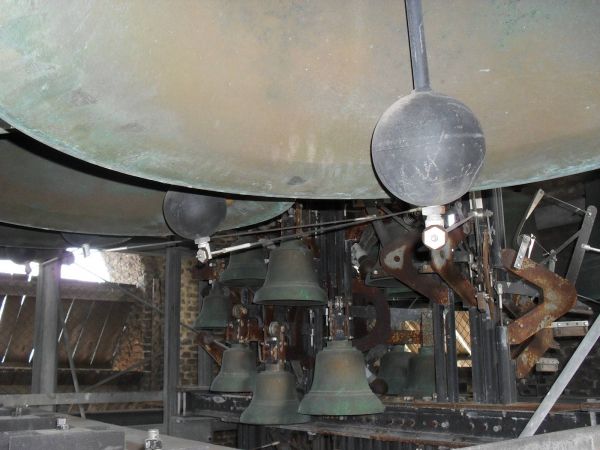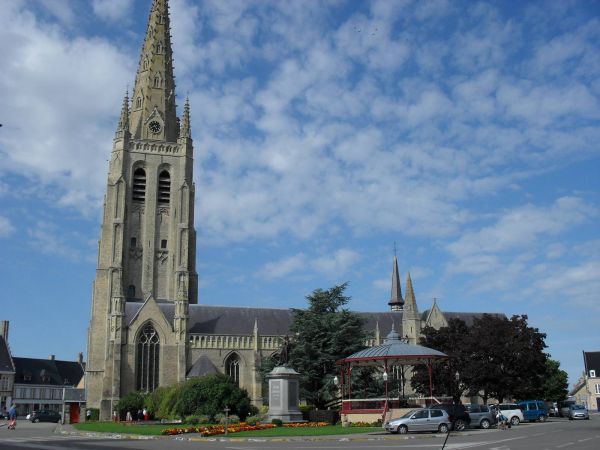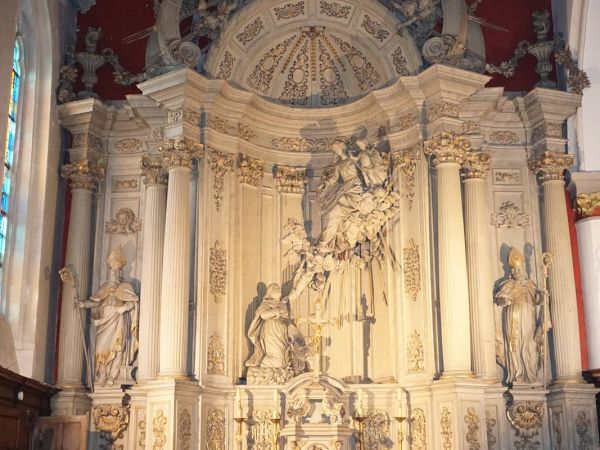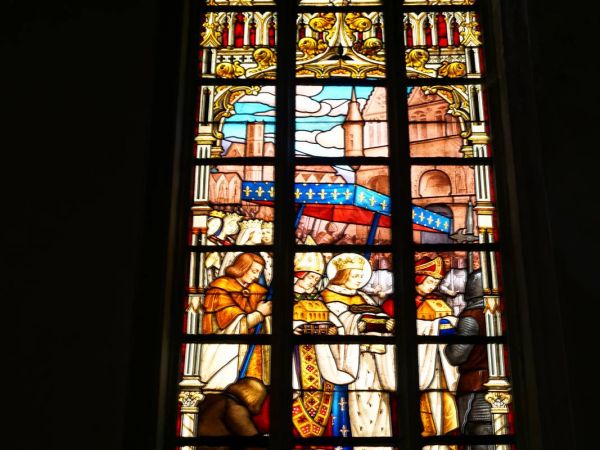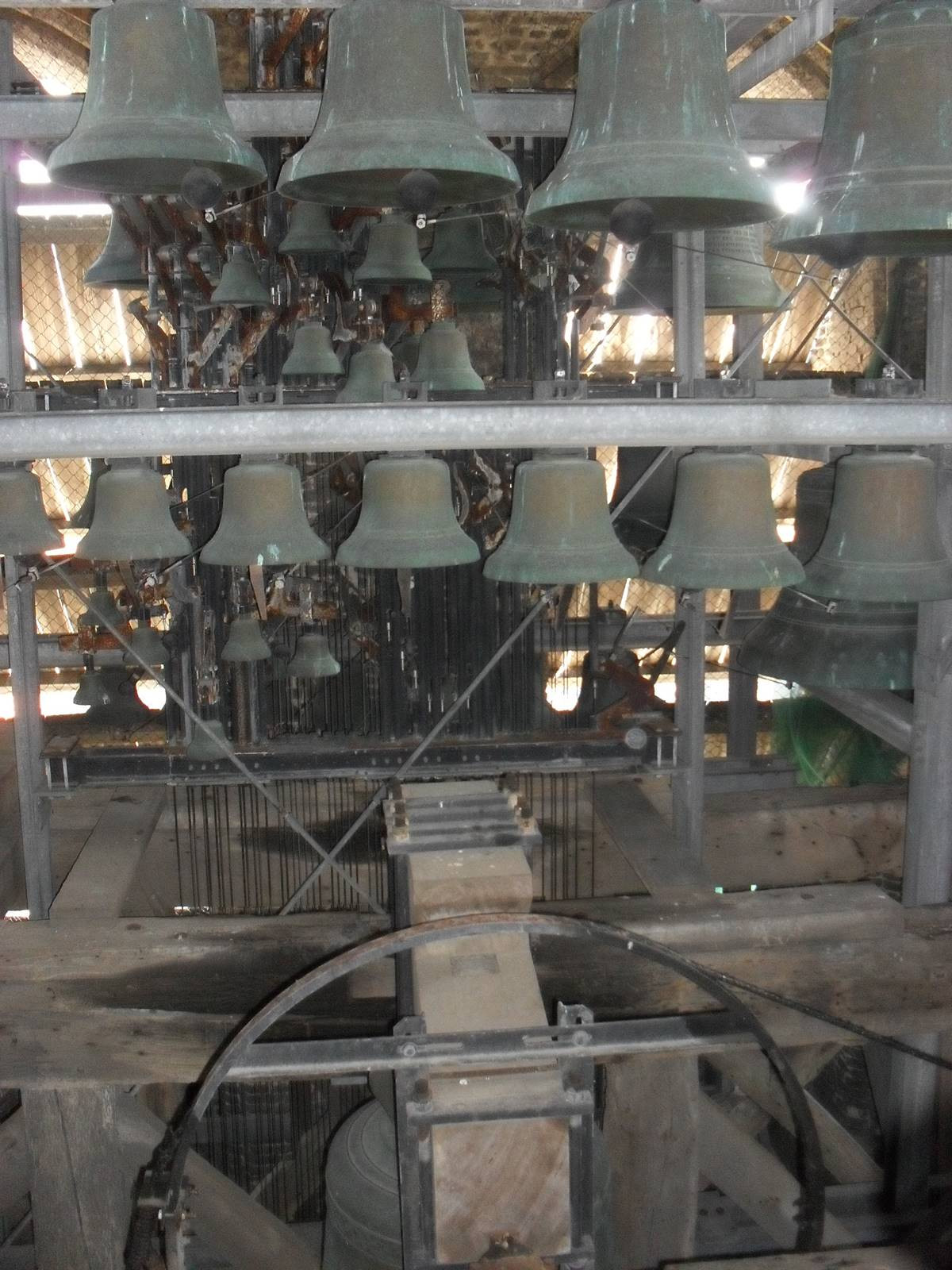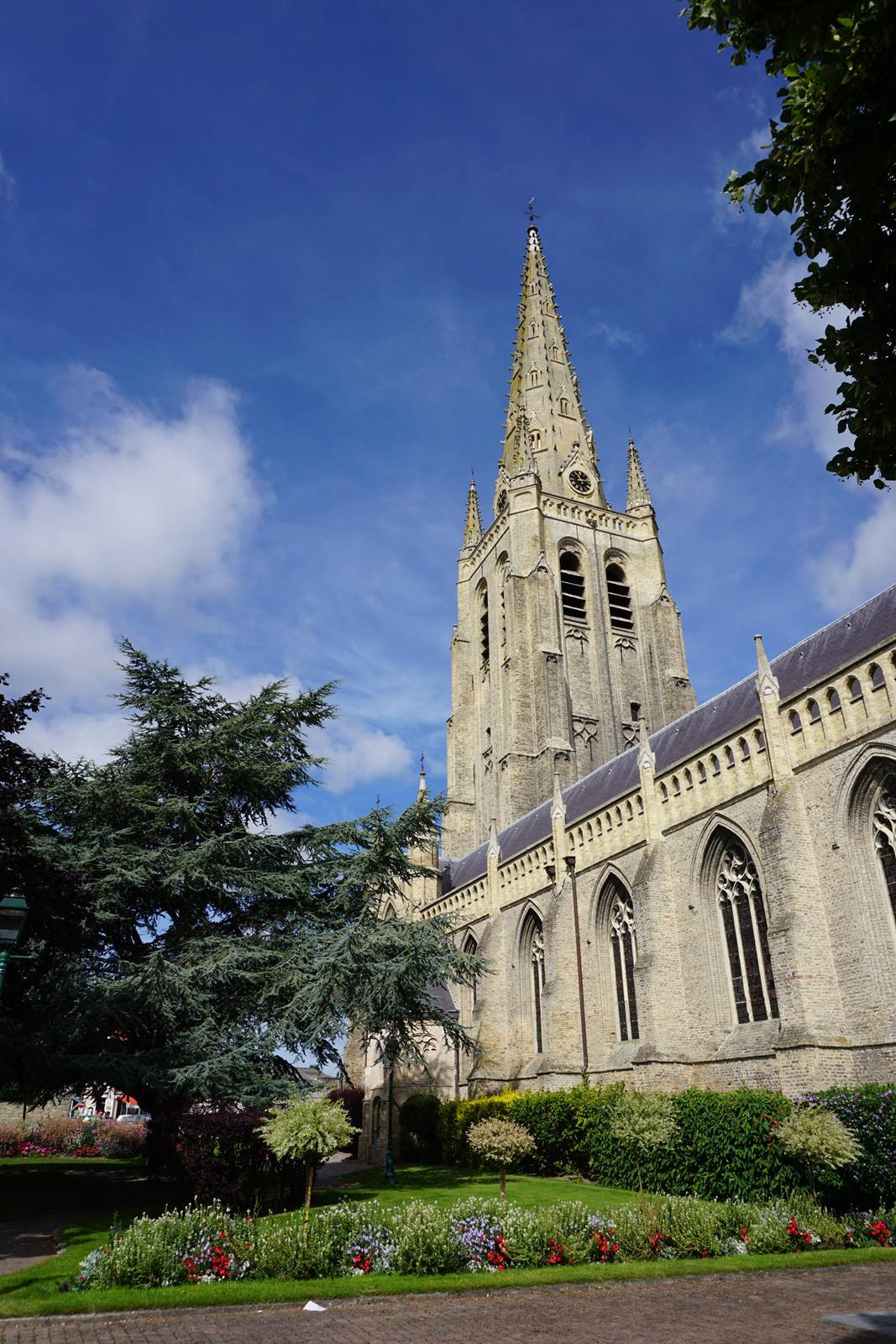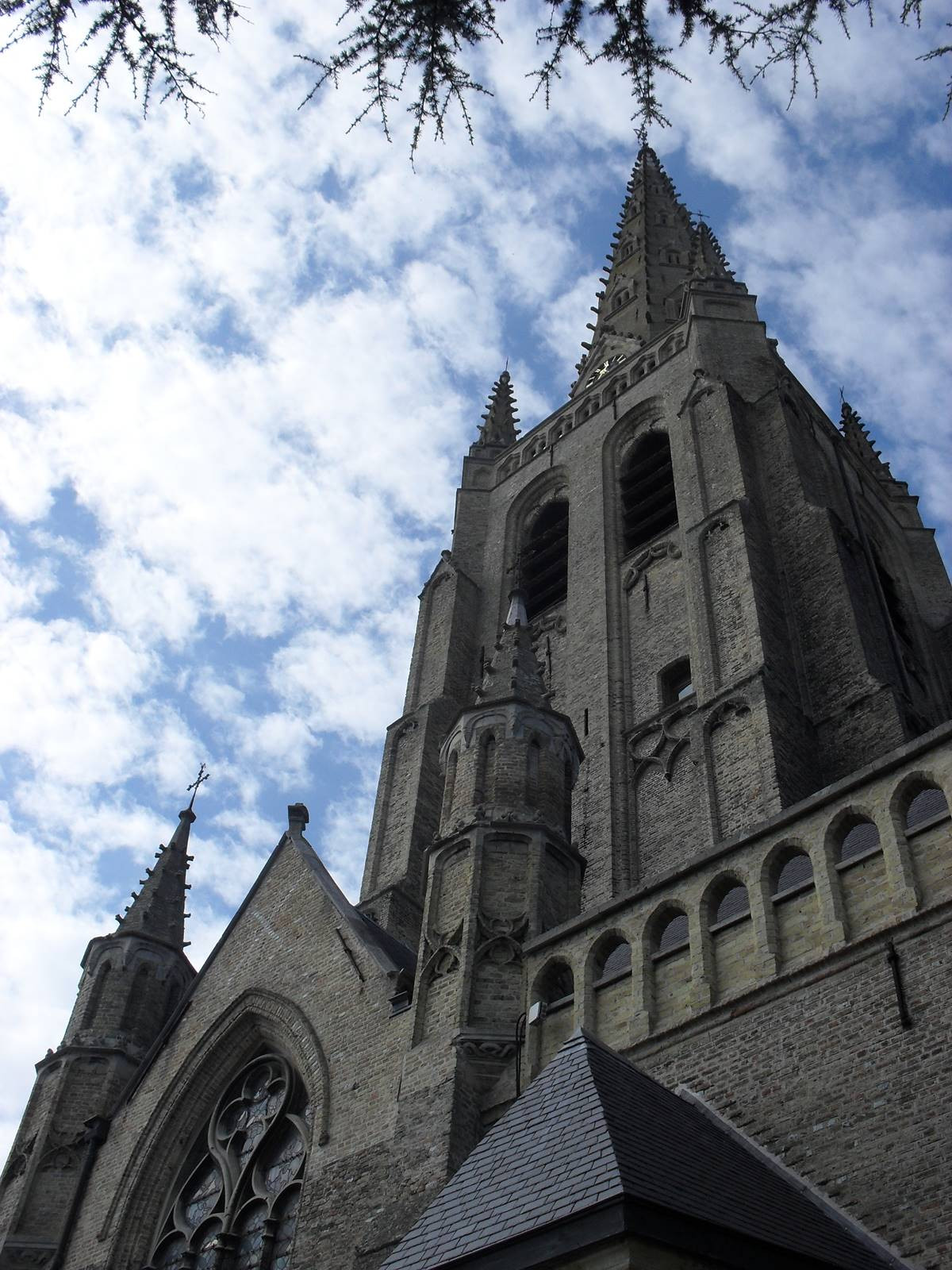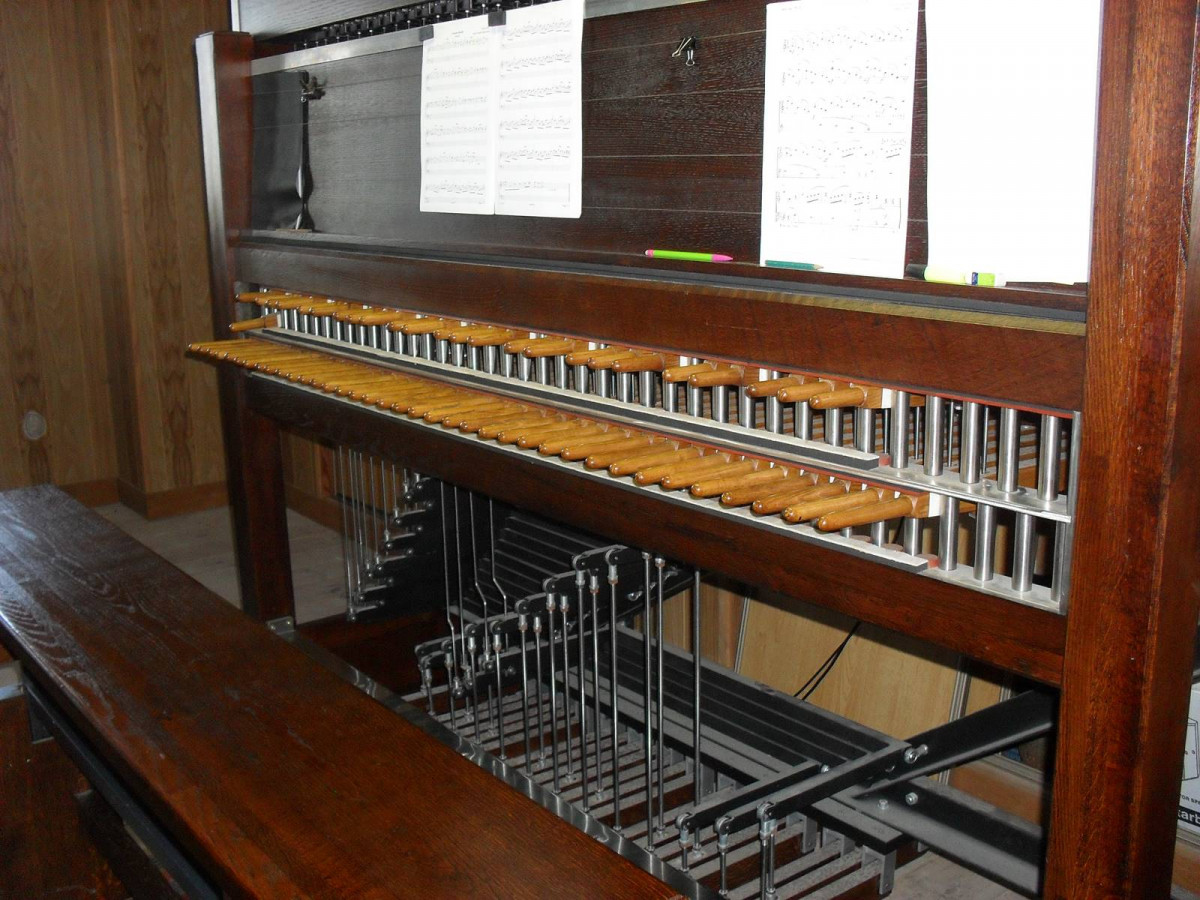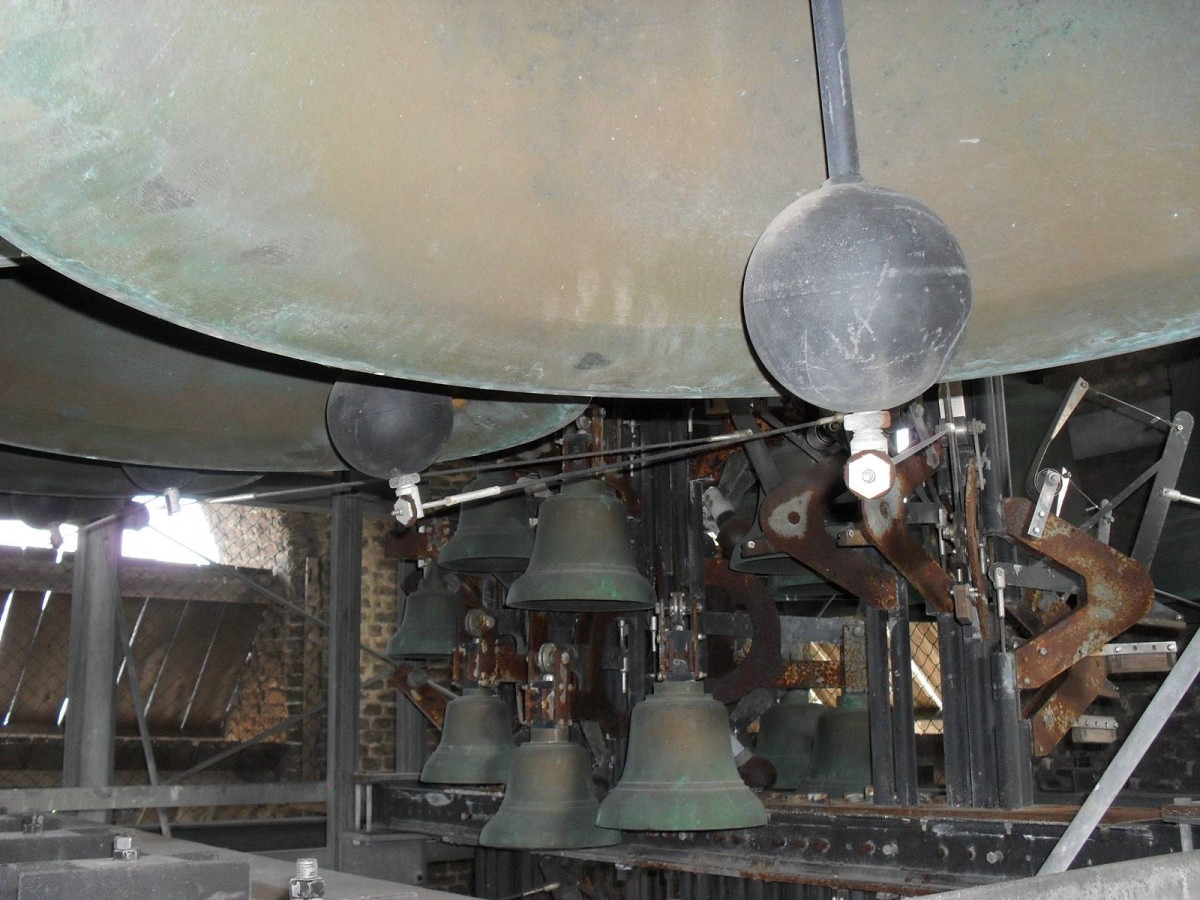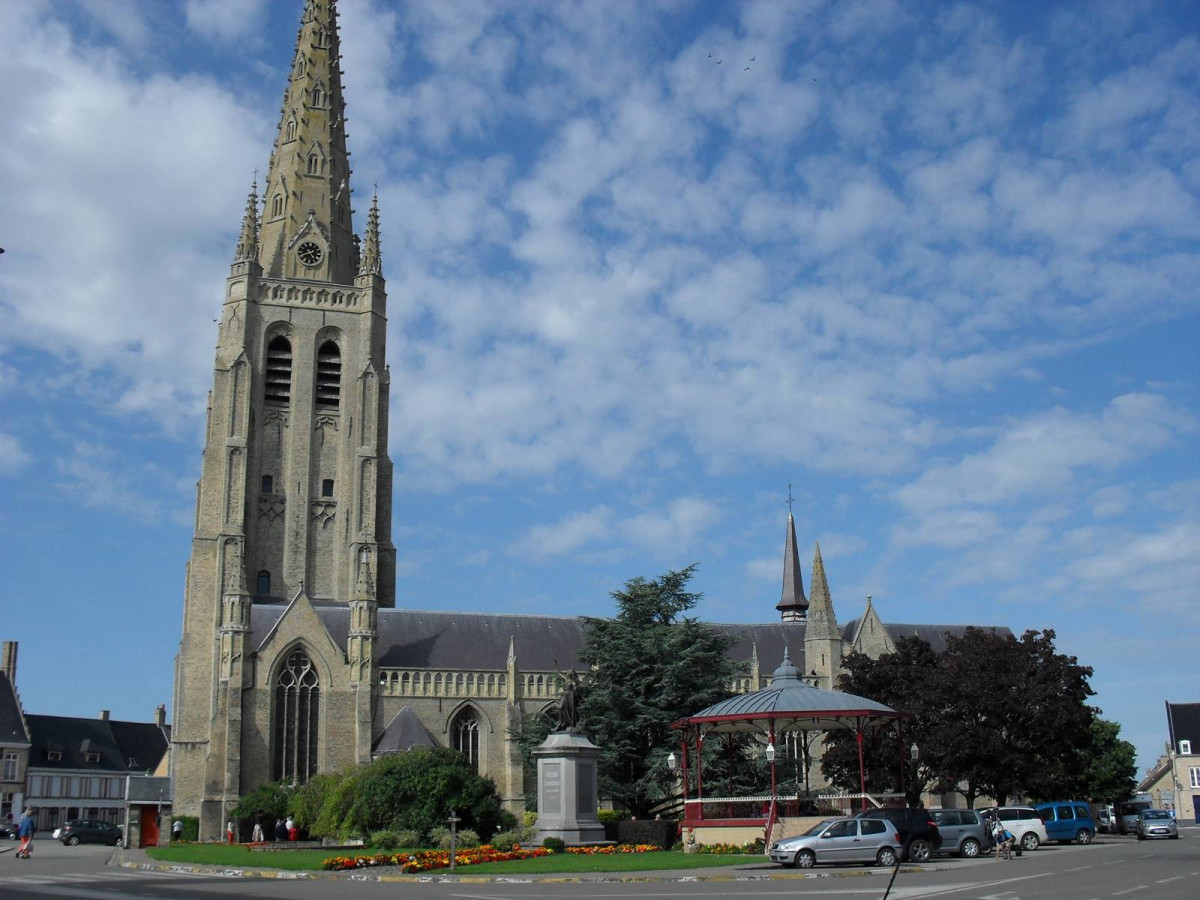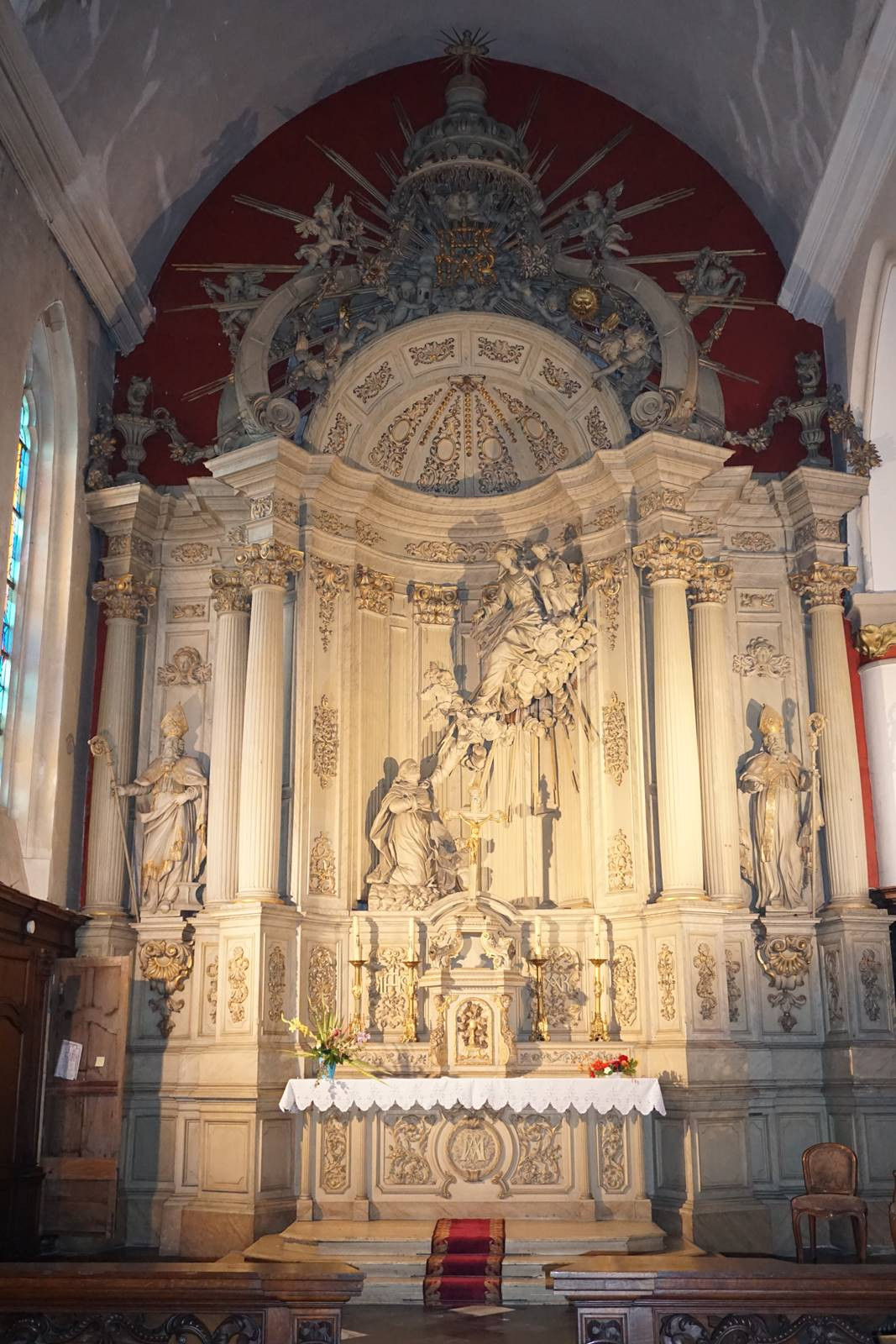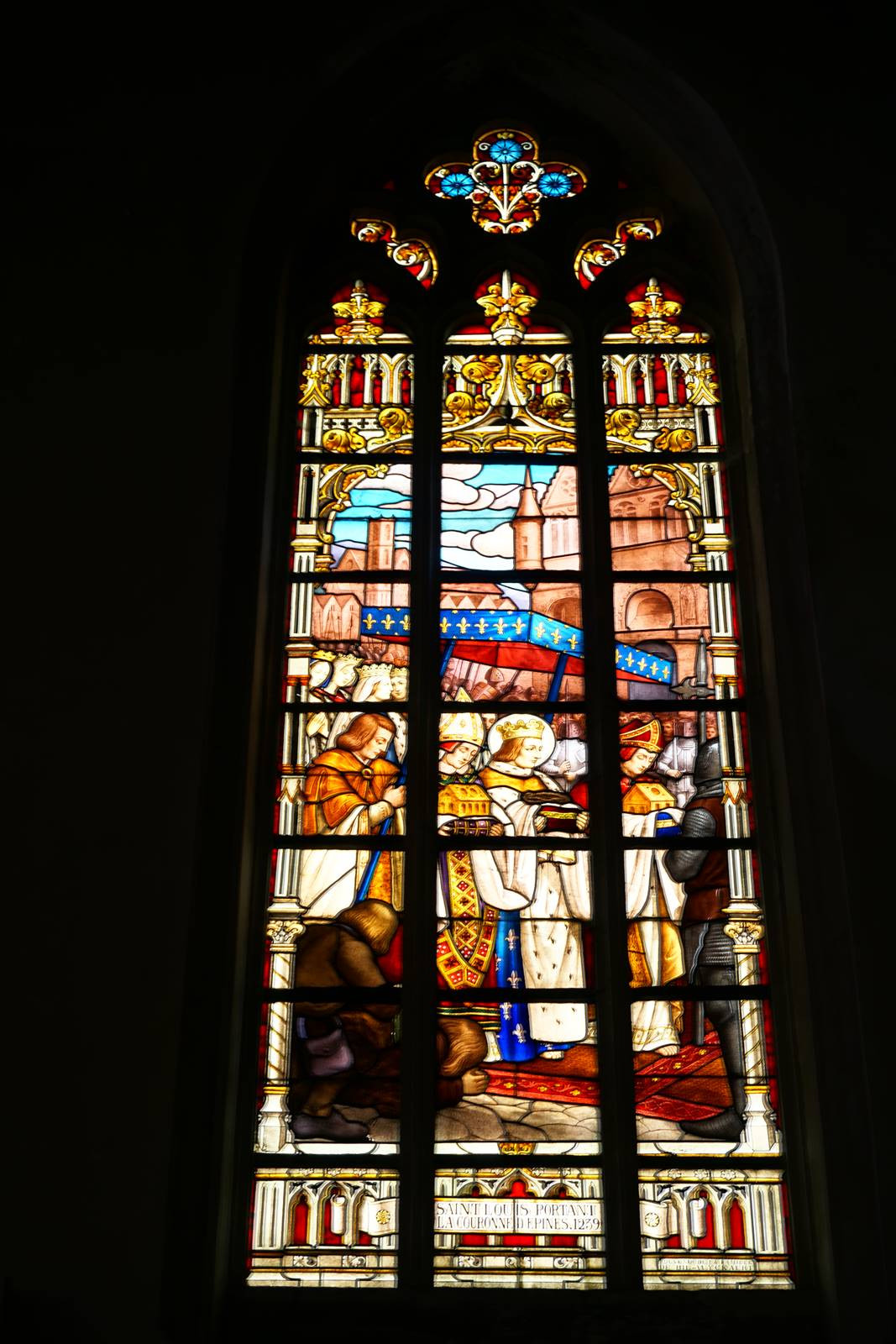Saint Vaast Church and its Carillon
Saint Vaast Church and its Carillon
Following up probably to ancient sanctuaries, the church stands out in the Grand Place (Square) at the end of the 14th century. The church dominates the whole Flemish plain. The tower, built in white brick and nicknamed "Witte torre" (the white tower) was built in 1513. It is extended by an octagonal arrow that rises to 82 meters.
This tower is the only original vestige of the building damaged by a fire in July 1582 during religious disturbances. The church was rebuilt between 1602 and 1620 respecting the principle of the three-vessel "hall church" (hallekerke) while partially preserving the transept. Inside, the surviving transept is marked by a double series of adjacent arches-bridges separating naves and choir.
The building contains a rich furniture mainly in oak, the confessional (18th century), the pulpit (18th century), the stalls (17th century), the communion bench (18th century), the communion rails (18th and 19th centuries), the organ chest and its gallery both from the 18th century.
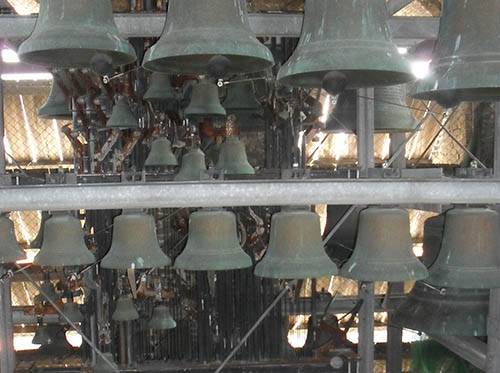
The anecdote
At the end of the 18th century, the carillon consisted of 16 large “small bells”. They were confiscated in 1793, and destroyed in a cannon foundry. On January 1, 2000 a new carillon of 61 bells was inaugurated. A carillon school was also established.
The Church also has other riches:
- the altarpiece of San Sebastián of main altar
- the altarpiece of Our Lady of Seven Pain
- the altarpiece of the Rosary
- the altarpiece of the Holy Spirit
- the organ
- the high altar
- the altar of the Sacred Heart
- the processional canopy
- the stained-glass windows
- the tombstone of Baron Jacques Coppens, lord of the city, and his wife Marie Bart, niece of the Dunkirk corsair Jean Bart, placed in the choir.
Visits upon reservation.
Eglise Saint-Vaast
Place du Général de Gaulle

